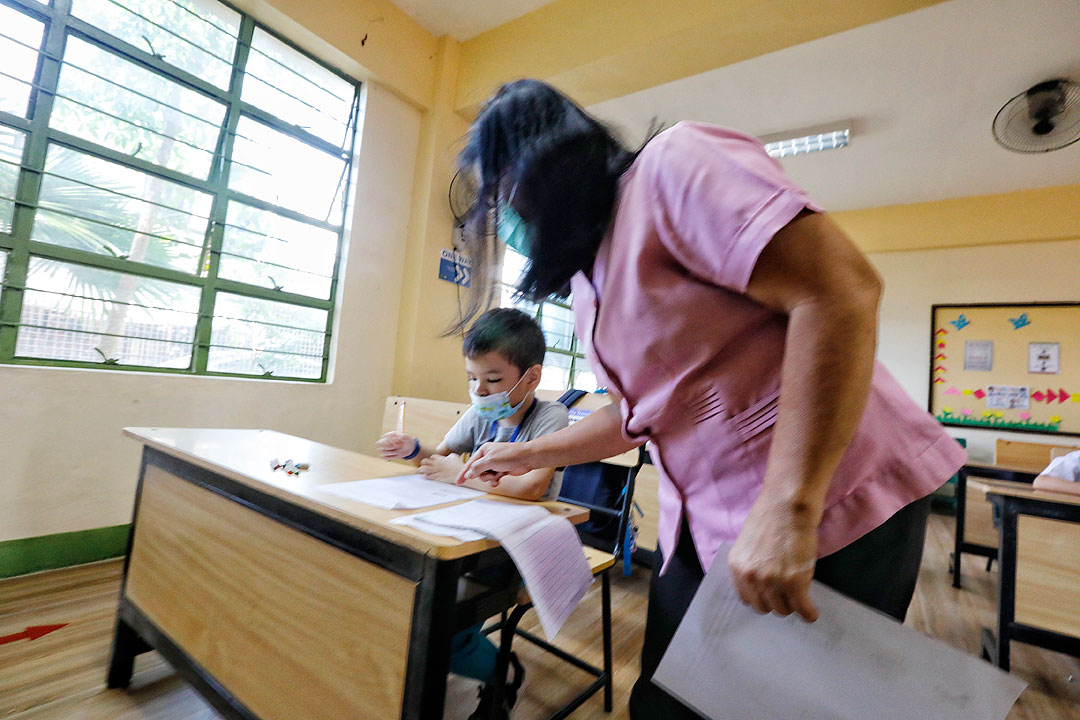
THE SETBACKS to learning levels resulting from the pandemic have been quantified at about 1% per week of lost in-person classes, a World Bank official said.
“For every week of closure, learning levels decline by almost 1%. Twenty weeks closed translates to losing almost a year’s worth of learning,” World Bank Senior Adviser for Education Harry Patrinos was quoted as saying during a briefing with the Philippine Institute for Development Studies (PIDS).
PIDS said that Mr. Patrinos presented findings that linked learning losses to the duration of school closures. Other factors such as income, school quality, and internet access were found to have “no significant impact.”
“The long-term consequences of these losses are concerning, potentially translating to reduced human capital development and future earnings,” PIDS said, citing data presented by Mr. Patrinos.
“Estimates suggest global losses of $15 trillion to $21 trillion and an 8% annual GDP decrease. Younger and disadvantaged students are expected to be hit the hardest, exacerbating existing inequalities,” it added.
Mr. Patrinos said that most policymakers expected the education system to be resilient enough to withstand school closures and lockdowns.
“He noted that lockdown stringency likely played a significant role. When lockdowns are widespread and strictly enforced, school closures become less of a choice. Additionally, national income and vaccination rates influenced closure duration, with higher income and faster vaccination rates leading to shorter school closures,” PIDS added.
The World Bank noted the need to strengthen education systems, especially for the most vulnerable.
“Urgent interventions are needed to address learning loss and associated costs, including direct support like tutoring and extended school hours, alongside protecting education budgets, especially in low- and middle-income countries,” it said.
“Preparing for future disruptions by investing in resilient education systems and measuring learning outcomes are also crucial,” it added.
“We need to improve on what we do on (national) assessment and make that (data) available for teachers and policymakers,” Mr. Patrinos added.
Meanwhile, PIDS also noted a recent study by PIDS President Aniceto Orbeta, Jr. on remote learning during the pandemic.
“The study identifies two key factors disproportionately affecting lower socioeconomic classes: lack of quality home support and less conducive learning environments. These findings emphasize the need for targeted interventions to bridge identified gaps and create equitable learning opportunities for all students,” it added. — Luisa Maria Jacinta C. Jocson



